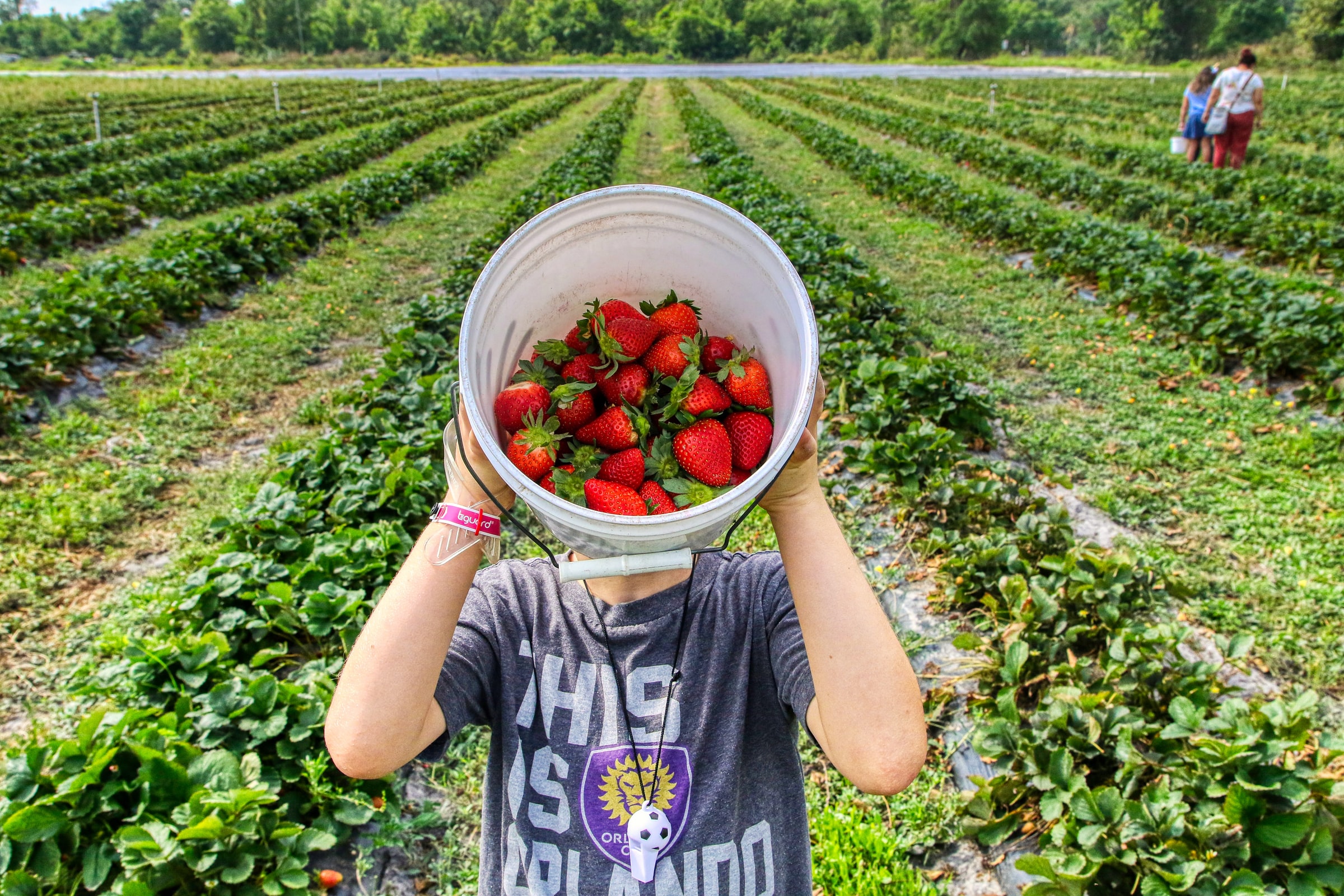For Robert Henrikson, founder, and CEO of Smart Microfarms, doing business that makes him feel good and is good for the planet is what motivates him to get out of bed every day.
“We already know what the problems are on our planet,” he said. “I only want to work on things that are solutions.”
Henrikson has been an entrepreneur in algae, bamboo and natural resources since the mid-1970s. He was one of the early pioneers of algae production when the health market started to take off. His initial California startup company Proteus, was the first to grow spirulina in the U.S. beginning with the first farm in Imperial Valley, California in 1977. A few years later, in 1979, Proteus introduced Earthrise spirulina products. In 1981, Earthrise Farms was established in a joint venture with a Japanese firm. Earthrise grew to become the world’s largest spirulina algae farm, selling spirulina supplements in over 30 countries.
After 20 years as president of Earthrise Trading, a marketing company of Earthrise Farms, Henrikson decided to retire from the high-paced corporate environment in 1999. In 2012, he founded Smart Microfarms to focus on small-scale spirulina production. The company develops and sets up scalable microalgae systems for both home and urban gardens as well as vertical farms. In addition, algae entrepreneurs who desire to set up and produce local, sustainable and profitable spirulina receive advice and education on how it works from Smart Microfarms.
“Algae, which is the fastest-growing organism on the planet, like spirulina, are tremendously high in protein and offer real opportunities,” he said. “There are some of the other kinds of algae too. They’re high in essential oils and other things” Henrikson commented.
Henrikson explained that algae are 20 times more productive than soy and 200 times more productive per area than beef. “We can free up land – all this land where forests are being cut down for growing soy to feed cows. So, we need to take the pressure off using all the fertile land to grow food in an unsustainable way, and we can grow proteins directly from the smallest microorganism – algae bacteria. That’s the way to go.”
He pointed out that all the meat proteins could be readily replaced with plant-based protein. And even though in 10 years there will still be a niche for cattle, which will drive the price of steak higher, “all the protein is going to start shifting to plant-based protein. It’s going to be a big change, but it’s going to cost a lot.”
Henrikson has a storied background. He grew up on the East Coast, went on to study politics at Princeton University and served in the Vietnam war. Henrickson is also the author of several books on algae and sustainable food production, including “Spirulina – World Food: How This Micro Algae Can Transform Your Health and Our Planet” and “Imagine Our Algae Future: Visionary Algae Architecture and Landscape Design.”
In his book “Spirulina World Food”, Henrikson describes how he went from small to large to small again. Despite a rather traditional education, Henrikson chose not to pursue a career in politics. “Because politics seemed to be changing at the effect of other things,” he said. “What changed politics? It’s economics. And what changed economics? Technology and the internet revolution. And what changes technology? It’s invention – people get new ideas. And who gets new ideas? It’s people who do awareness. So, then, I studied awareness.”
What he focused on is “how to go from a conventionally really good education – and I had a superb education – to looking at things differently.” He traveled the world and spent some time living in India and Nepal. After he came back and heard about algae, where you can grow food at the base of the food chain, and it was being more productive than any other food, “I was like bingo, aha! This is something that the planet is going to be moving toward and let’s do it!”
He points out that people who want to start growing spirulina would benefit from three key skills. First, a background in mechanical engineering, biology, or science helps as spirulina requires a very precise operation. You harvest spirulina every five to seven days, which can challenge a beginner. The grower not only needs to have the right attitude on production, but spirulina is also a health product, which means you have to comply with local and federal health regulations.
In addition, “other growers don’t want to have rogue operators” in the industry. Finally, the marketing of the product is really important: you can’t just grow it, you also need to sell it. It certainly helps if someone has experience in the natural food business.
Having a team or starting small and then scaling up to a larger infrastructure, possibly in an existing agricultural structure, facilitates the process. “You can build a microfarm and then scale it up. That’s what I recommend to people because each step you make to a larger farm has new challenges,” he said.
For people who want to go commercial, a starting capital between $100,000 and $150,000 would be needed, and it helps to have angel, friends’ or family money to finance the project. However, anyone can easily purchase kits to grow spirulina at home in a regular fish tank, he added.
Today, Smart Microfarms have helped set up spirulina microfarms for at least a dozen growers in Washington state and California. The expansion continues.





